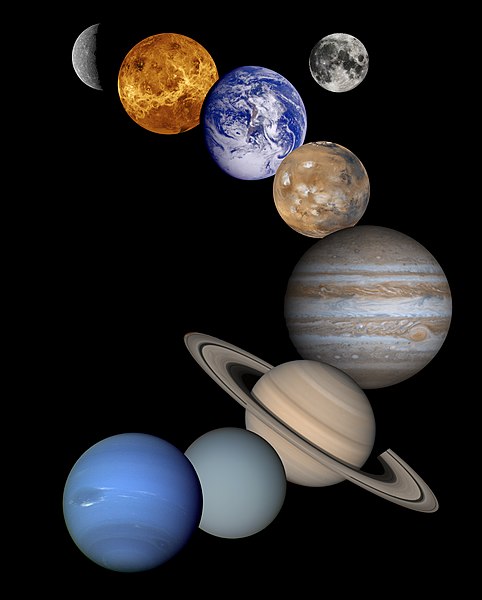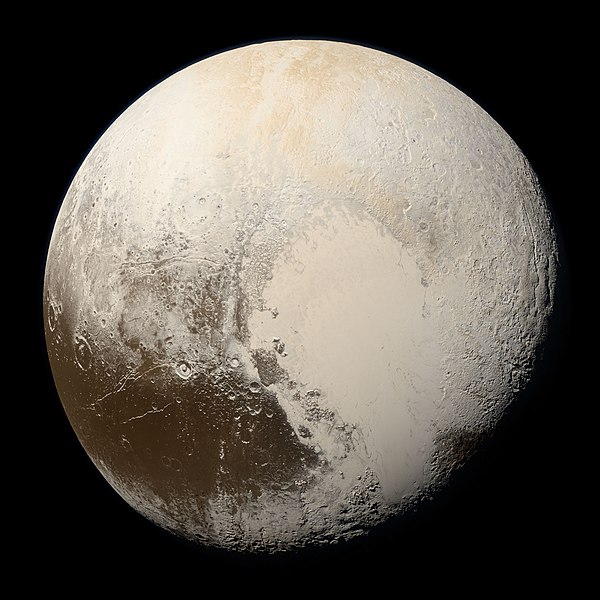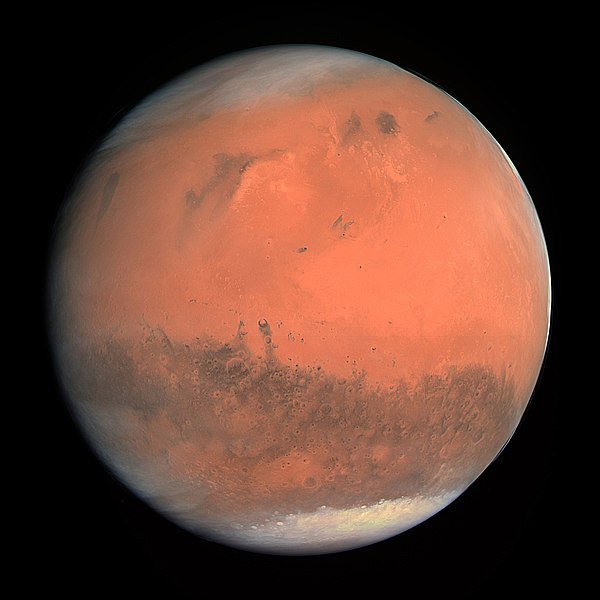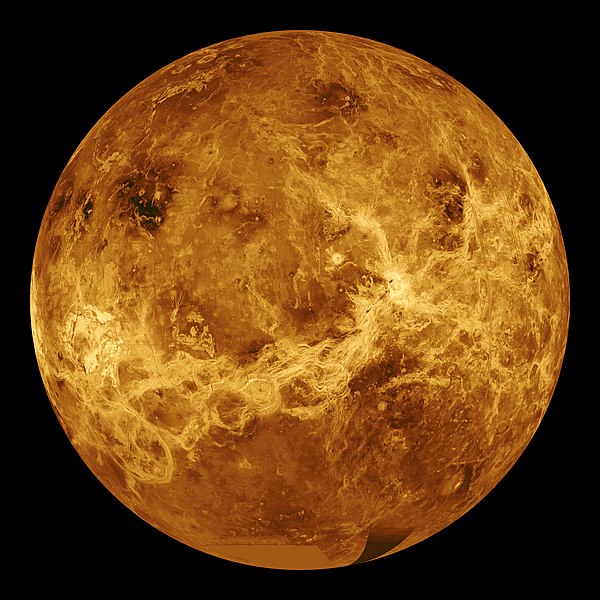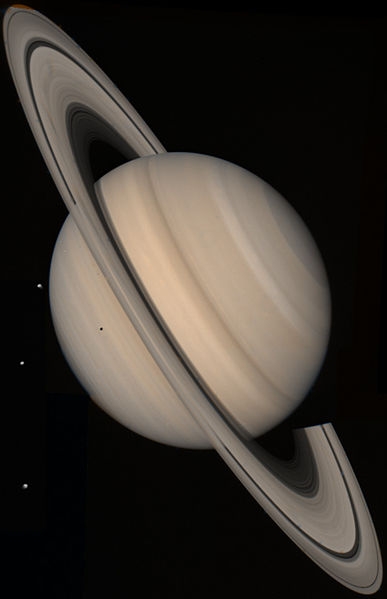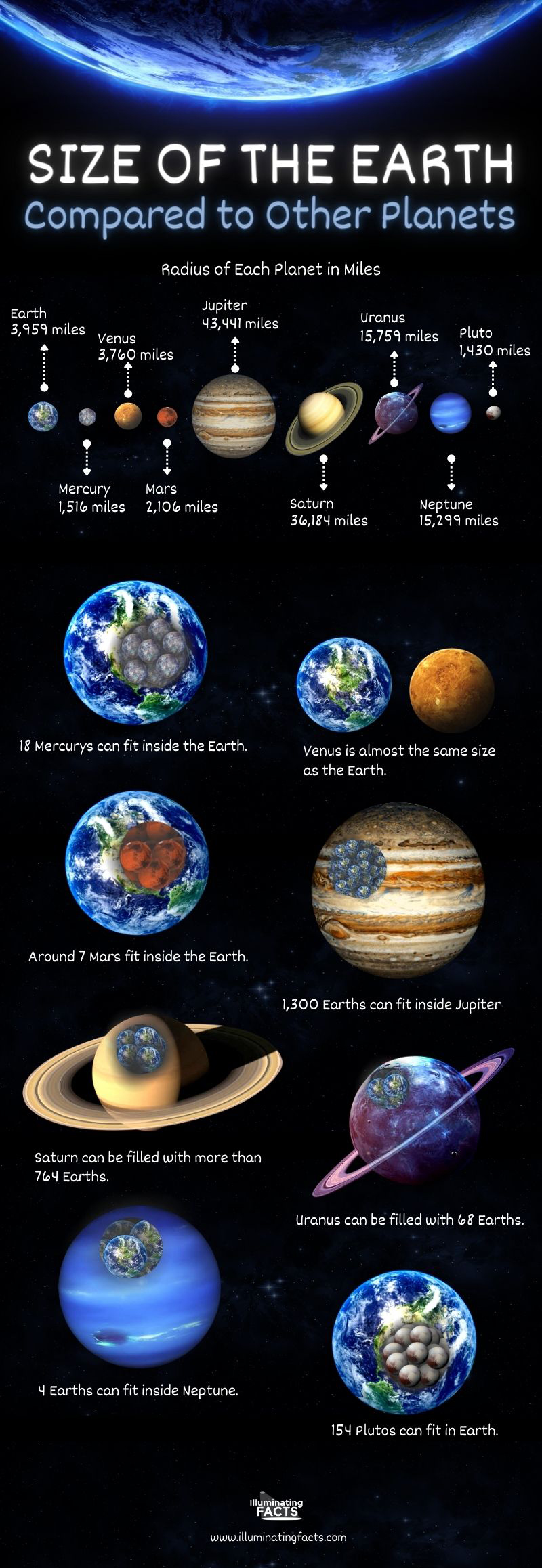The size of the planets in our solar system varies widely, with Mercury being the smallest and Jupiter being the largest at more than 11 times the size of Earth. To comprehend our place in the universe and the variety of planetary systems that exist, it is important to understand the relative sizes of the planets.
The diameter, or the distance across the planet’s widest section, can be used to compare the relative sizes of the planets. This measurement helps the relative sizes of the planets and enables us to compare the sizes of the planets in a way that is simple to understand.
The atmosphere, gravitational field, and interior structure of a planet can all be significantly influenced by its size. The lowest speed necessary for an object to escape the gravitational pull of a planet, for instance, depends on the size of the planet. This may have an impact on a planet’s capacity to keep an atmosphere as well as the types of geological features found on the planet’s surface.
Understanding how to visualize the size of the planet Earth and other planets are important in comprehending the relative sizes of our planets in the solar system.
The Planets in Our Solar System in Order of Size
The good news is that our own Solar System has a wide array of planets to pick from if you’re interested in them. Each planet in our solar system is distinct, with its own environment and distinct story to tell about the evolution of our solar system, from the ringed beauty of Saturn to the huge hulk of Jupiter to the lead-melting temperatures on Venus.
The stark contrast in planet sizes is also amazing. Although Earth is perceived by humans as a gigantic planet, it is actually dwarfed by the enormous gas giants that lurk at the extreme reaches of our Solar System. In this article, the planets are discussed in order of size with some background information on how they came to be that way.
A Short History About Our Solar System
Since no one was alive at the formation of the Solar System 4.5 billion years ago, what we do know about its beginnings comes from a variety of sources, including studying rocks from Earth and other locations, studying other solar systems in formation, and creating computer models, among other techniques. Some of our assumptions about the Solar System must adapt when new knowledge becomes available in order to make sense of it.
Modern science holds that a rotating gas and dust cloud served as the Solar System’s embryonic home. The Sun finally formed as a result of the Sun’s gravitational collapse. According to some ideas, the energy of the newborn Sun started to drive the heavier gas particles farther away while the larger, more solid particles, like dust, stayed closer together.
Over countless millions of years, the dust and gas particles were drawn to one another by their shared gravities and started to collide or merge. Smaller particles were swept away as larger balls of matter developed, finally clearing their orbits. Earth and the other eight planets in our Solar System were created as a result. Although this assumption may not hold for other solar systems found in the universe, the fact that the majority of the gas wound up in the system’s outer regions may help to explain why there are gas giants.
Prior to the 1990s, scientists were only aware of the planets in our Solar System and had previously agreed that there were nine planets. But two things happened as telescope technology advanced. Exoplanets, or planets outside of our solar system, were found by scientists. This started with the discovery of giant planets that were many times bigger than Jupiter, and then it progressed to the discovery of rocky planets, including a couple that are roughly the size of the Earth.
The discovery of planets similar to Pluto in our own Solar System, which was once thought to be the system’s furthest planet, was the other significant change. The International Astronomical Union conducted a meeting to better define the term after more information became available. Initially, astronomers started treating these new worlds like planets.
Pluto and similar planets were reclassified as dwarf planets as a result. This is the IAU’s current definition of a planet:
A celestial body is defined as one that is (a) in orbit around the Sun, (b) has enough mass to overcome rigid body forces and take on a hydrostatic equilibrium shape (which is almost spherical), and (c) has cleared the area in and around its orbit.
Size of the Eight Planets
The size of the planets in our solar system varies widely, with Mercury being the smallest and Jupiter being the largest. From smallest to greatest, these are the planets’ respective sizes:
1. Mercury
Mercury is the smallest planet in our solar system, having a diameter of approximately 4,879 kilometers (3,032 miles). It is slightly bigger than the moon of Earth.
2. Mars
Mars is the second-smallest planet in our solar system with a diameter of 6,779 kilometers (4,212 miles). It is frequently referred to as the “Red Planet” because of the reddish color of the night sky that it lies on.
3. Venus
Venus is about the same size as Earth at 12,104 kilometers (7,521 miles) in circumference. Due to its comparable size and makeup to Earth, it is frequently referred to as Earth’s sister planet.
4. Earth
The fifth largest planet in our solar system, Earth has a diameter of 12,742 kilometers (7,918 miles). It is the only planet that has been found to support life.
5. Neptune
The fourth largest planet in our solar system, Neptune has a diameter of 49,244 kilometers (30,775 miles). It is renowned for having the strongest winds in the solar system and a vivid blue color.
6. Uranus
The third largest planet in our solar system, Uranus has a diameter of 50,724 kilometers (31,518 miles). Due to the frosty components that make up its composition, it is frequently referred to as a “ice giant.”
7. Saturn
The second largest planet in our solar system, Saturn has a diameter of 116,460 kilometers (72,367 miles). It is well-known for its recognizable rings, which are composed of ice and rock.
8. Jupiter
With a diameter of 139,822 kilometers (86,881 miles), Jupiter is the largest planet in our solar system. It is well recognized for its size, for having several moons, and for having distinct bands of clouds surrounding the planet.
It is believed that Jupiter, the Solar System’s giant, influences the paths of smaller objects that pass by its massive mass. It alternately drives comets and asteroids away from the inner solar system.
Numerous moons, including Titan, which has its atmosphere, are hosted by Saturn, which is most known for its rings. Uranus and Neptune, which each contain atmospheres of hydrogen, helium, and methane, join them in the outer solar system. Also rotating counterclockwise to the other planets in the solar system is Uranus.
The inner planets are Mercury, Venus, Mars, and Earth. Earth is the only planet known to host life, and Venus was previously thought to be Earth’s twin—at least until its heated surface was discovered. Mars is a planet where liquid water may have flowed in past times.
Conclusion
The size of the planets in our solar system varies widely, with Jupiter being the largest and Mercury being the smallest. Mercury, Mars, Venus, Earth, Neptune, Uranus, Saturn, and Jupiter are the planets in order of their size, from smallest to largest.


